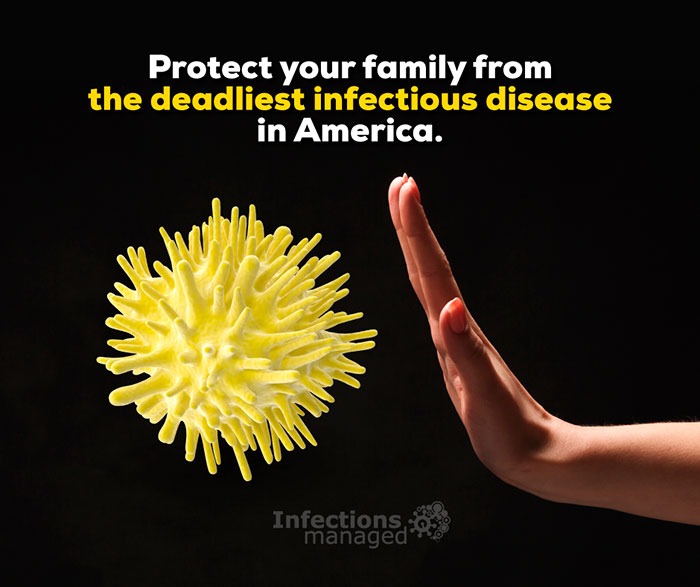According to the CDC, hepatitis C alone is responsible for more deaths than any other infectious disease in America.
A major part of this problem is that hepatitis C can have no symptoms for decades. Sometimes called ”the silent killer,” this infection gradually damages the liver and may cause cirrhosis (scarring) and cancer—without the patient knowing about it.
Today, we’re going to take a look at one more disturbing fact about hepatitis C you should know about.
Baby boomers are FIVE times more likely to have hepatitis C
45 to 85% of people with hepatitis C don’t know they have the disease. And still, there’s a demographic group that should be extra cautious and alert in this matter: baby boomers.
Healthcare authorities estimate that up to 75% of ALL cases of hepatitis C are seen in people born between 1945 and 1965, the so-called baby boomers. In other words, people in this group are five times more likely to have hepatitis C than other adults.
How could this have happened?
Although no one knows for sure, the most likely reason is that the peak of hepatitis C transmission was between 1960 and 1980, and that’s when most of the infected baby boomers caught the disease. In many cases, contaminated medical equipment and blood products were to blame.
Other risk factors and transmission pathways include:
- Organ transplantation
- Surgeries (including dental care)
- Getting intravenous or intranasal drugs
- Body modification procedures including piercing, tattoos, scarification
- Having sex with an HCV-infected person
No matter the direct source of contamination, it’s estimated that about 2.4 million Americans are living with hepatitis C at the moment, and most of them are baby boomers.
Symptoms of hepatitis C
Most people don’t experience any hepatitis C symptoms upon infection, with just 25-33% reporting non-specific changes like fatigue, nausea, headache, or appetite changes.
In about 20-40% of cases, the infected person’s immune system manages to kill the virus—then, everything is just fabulous, and no treatment is needed. If this isn’t the case, however, chronic hepatitis C develops, and that’s the real danger. It’s estimated that 15-30% of people with chronic hepatitis C will develop liver cirrhosis throughout their first 30 years of infection. Liver cirrhosis also increases the risk of liver cancer by about 20 times.
How can you get tested for hepatitis C?
First and foremost, make an appointment with an infectious disease doctor you trust.
After discussing everything in detail and performing a physical examination, your doctor will likely direct you to an anti-HCV blood test. If your anti-HCV results return positive, then a nucleic acid test (NAT) should be performed.
This should be enough to confirm or rule out the diagnosis of hepatitis C, but some other tests may be needed to choose the most effective form of treatment in your individual case.
Conclusion
About 97% of all Hepatitis C cases are curable.
Diagnosing the condition and starting effective treatment is essential to avoid such dreadful complications as liver scarring and cancer.
Since baby boomers are 5 times more likely to have hepatitis C (even if they feel perfectly fine!), it’s highly recommended to get tested for the condition at least once.
If you or anyone you know is a baby boomer (aged between 54 and 74 in 2019), consider making an appointment with an experienced infectious disease doctor. Remember, this simple action could make the difference between a healthy and long life or severe health issues in the following decades.
Hep C Treatment Fort Lauderdale
Let’s fight hepatitis C together!

